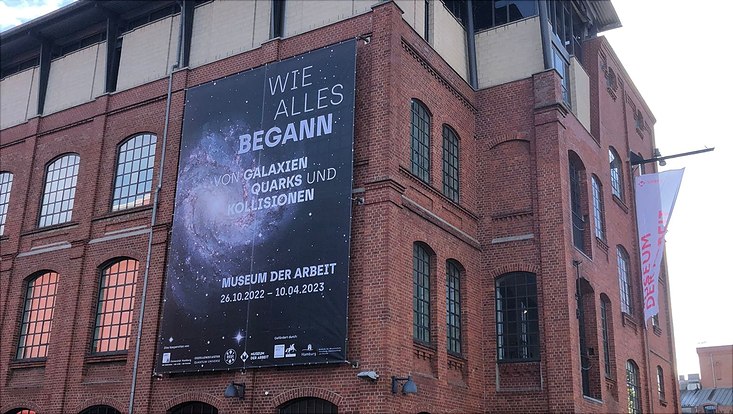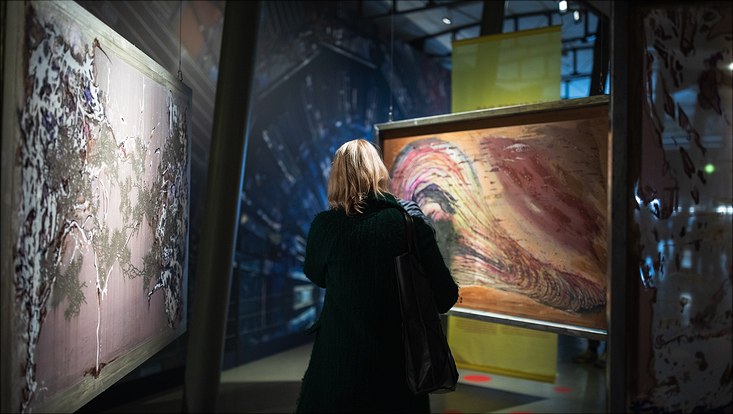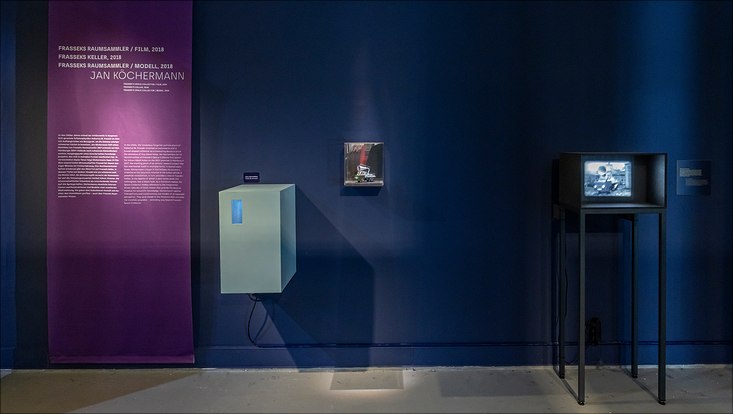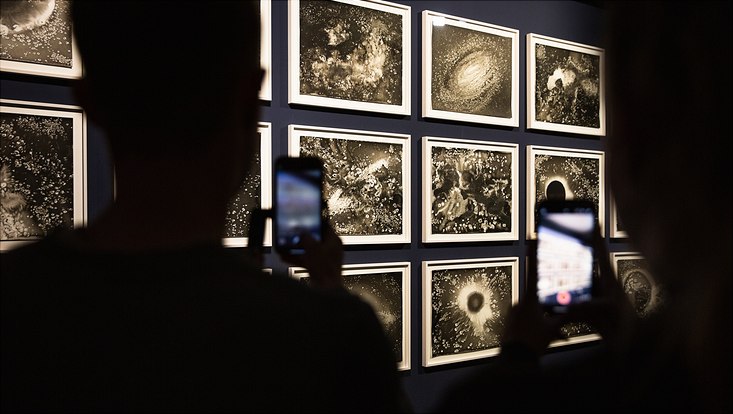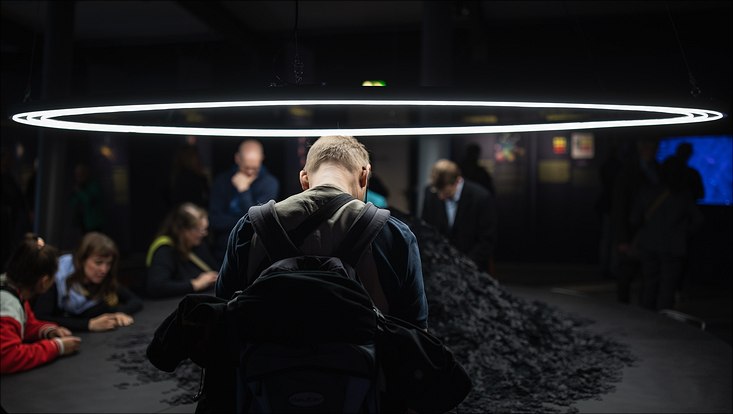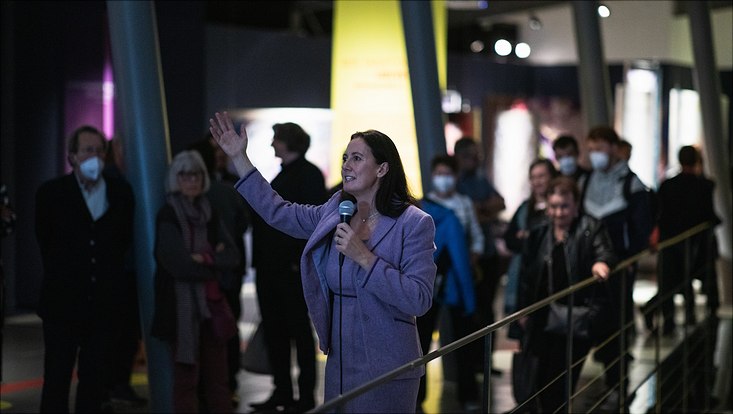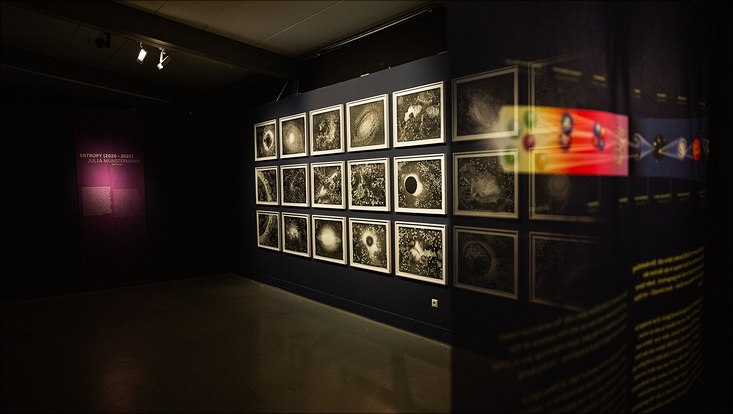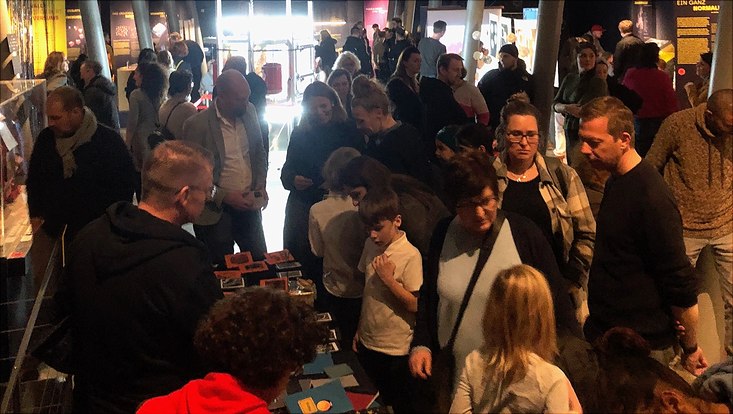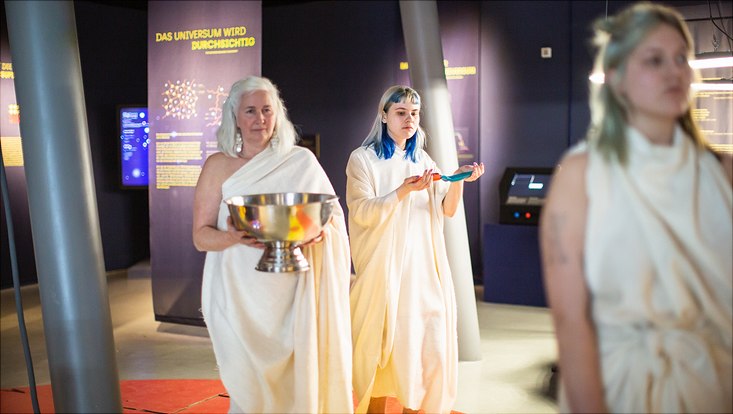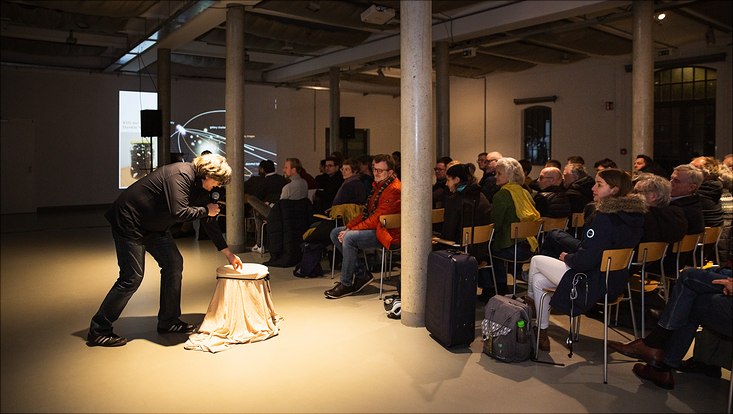The beginning of everything. Galaxies, quarks and collisions
Interactive Exhibition
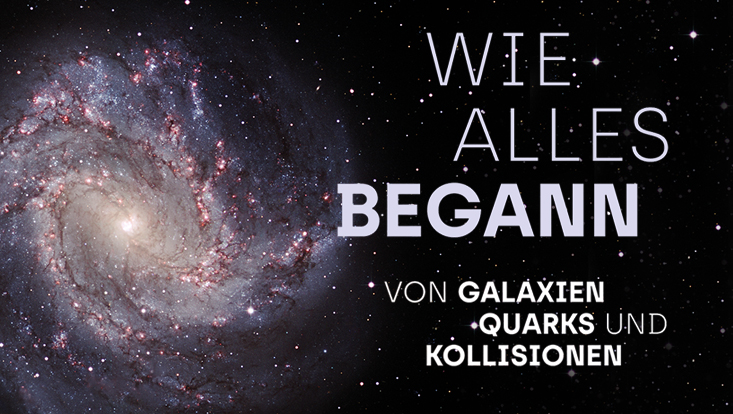
Photo: UHH/NASA/ESO
“The beginning of everything” invites visitors to take a journey back in time to the origin of the universe 13.8 billion years ago – the Big Bang. It addresses questions which have puzzled humans for centuries and challenge our power of imagination. Starting from Earth and traveling through our solar system, the journey takes us through far-away galaxies to the edge of our visible universe.
Digital Exhibition GuideContent
Themes of the Exhibition
The exhibition illustrated the current state of research in particle physics, astroparticle physics and cosmology and presented the scientific findings in an easily accessible, comprehensible and, above all, interactive way.
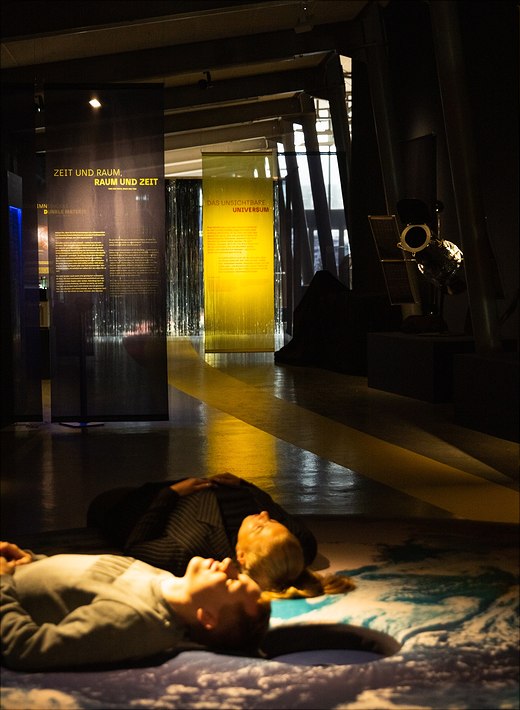
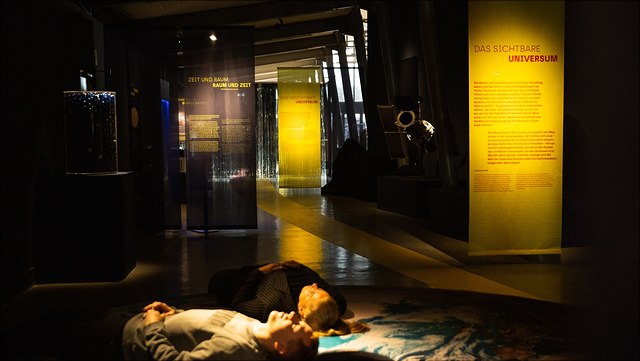
Photo: UHH/Esfandiari
For Children
What is the Big Bang? Have space and time always existed? What are the building blocks of the universe? And does our universe have an end? Five animated films for children explore these questions and explain where the science happens that investigates all these questions.
“The beginning of everything” in Numbers
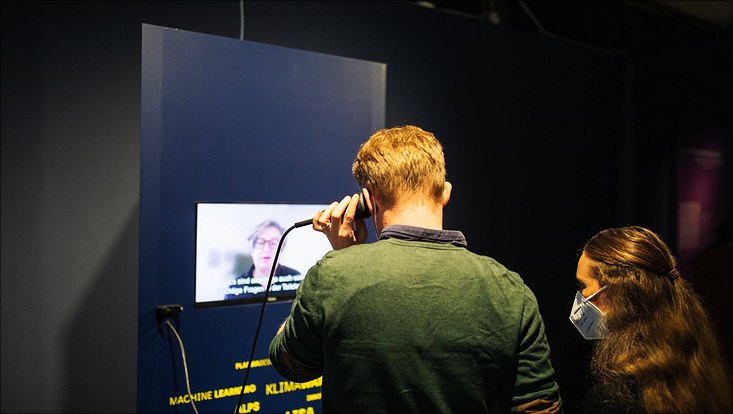
Photo: UHH/Esfandiari
• 26.500 Visitors
• 99 Public guided tours
• 65 Family tours
• 34 Guided tours for school classes
• 41 Guided tours in self-organized groups
• 20 Museum talks and special guided tours
• 23 Events in the framework programme accompanying the exhibition

